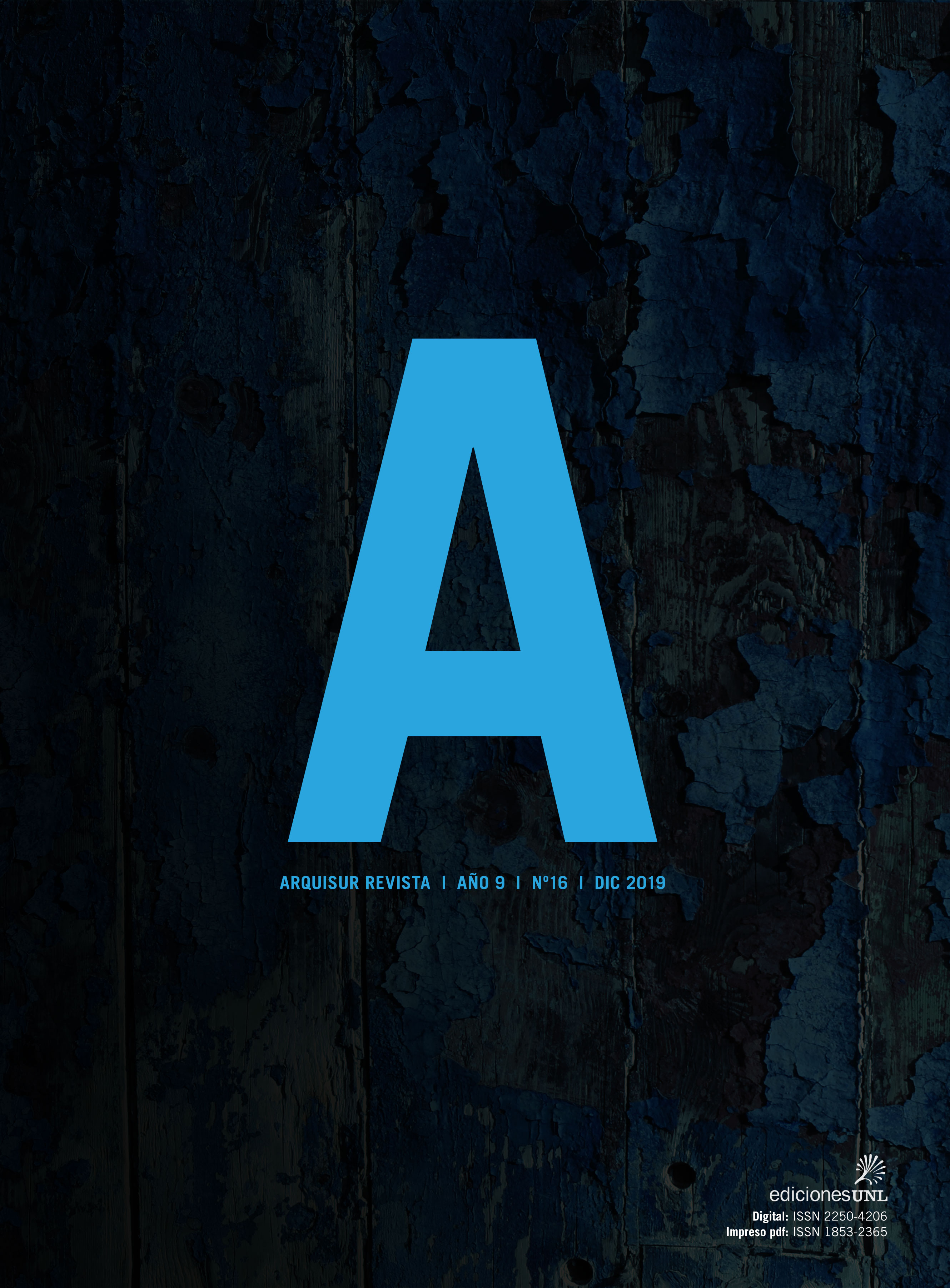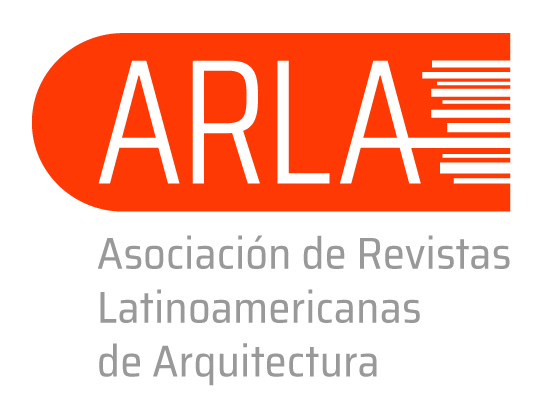Design thinking as a perspective for the insertion of the university in the territory within the framework of integrality
DOI:
https://doi.org/10.14409/ar.v9i16.8408Keywords:
design thinking, territorial design, university integrality, university extensionAbstract
Design thinking as a theoretical-methodological perspective that arises in the academic field of design disciplines, through a series of attributes and tools allows re-thinking some integral university practices in the territory. Thinking about the role of the public university in the co-construction of the territorial dimensions, both at the conceptual level and in specific areas of intervention, requires a permanent analysis and critique for the generation of updated devices to the emerging problems of living in life daily of the territories. This article systematically presents some key conceptual positions on the articulation between the knowledge of design thinking, territory, and university approaches from an integral perspective of functions, disciplines and knowledge. Finally, the development of an intervention case in the University of the Republic of Uruguay, designed based on the previously discussed concepts, is presented.
Published
How to Cite
Issue
Section
License
ACCESO ABIERTO
ARQUISUR Revista es una publicación de acceso abierto y sin ánimo de lucro. No se imputan cargos por la recepción, revisión, evaluación, publicación ni acceso a sus contenidos. Se distribuye bajo una Licencia Creative Commons CC Atribución-NoComercial-SinDerivadas 4.0 Internacional (CC BY-NC-ND 4.0): No se permite un uso comercial de la obra original ni la generación de obras derivadas. Esta licencia no es una licencia libre, y es la más cercana al derecho de autor tradicional.
DESCARGO
Los criterios expuestos en los artículos son de exclusiva responsabilidad de sus autores y no reflejan necesariamente la opinión del Comité Editorial ni de la Dirección Editorial Técnica. Los derechos de los artículos publicados pertenecen a sus autores o editoriales. Los autores ceden sus derechos de publicación al Centro de Ediciones de la Universidad Nacional del Litoral de Santa Fe, Argentina.














